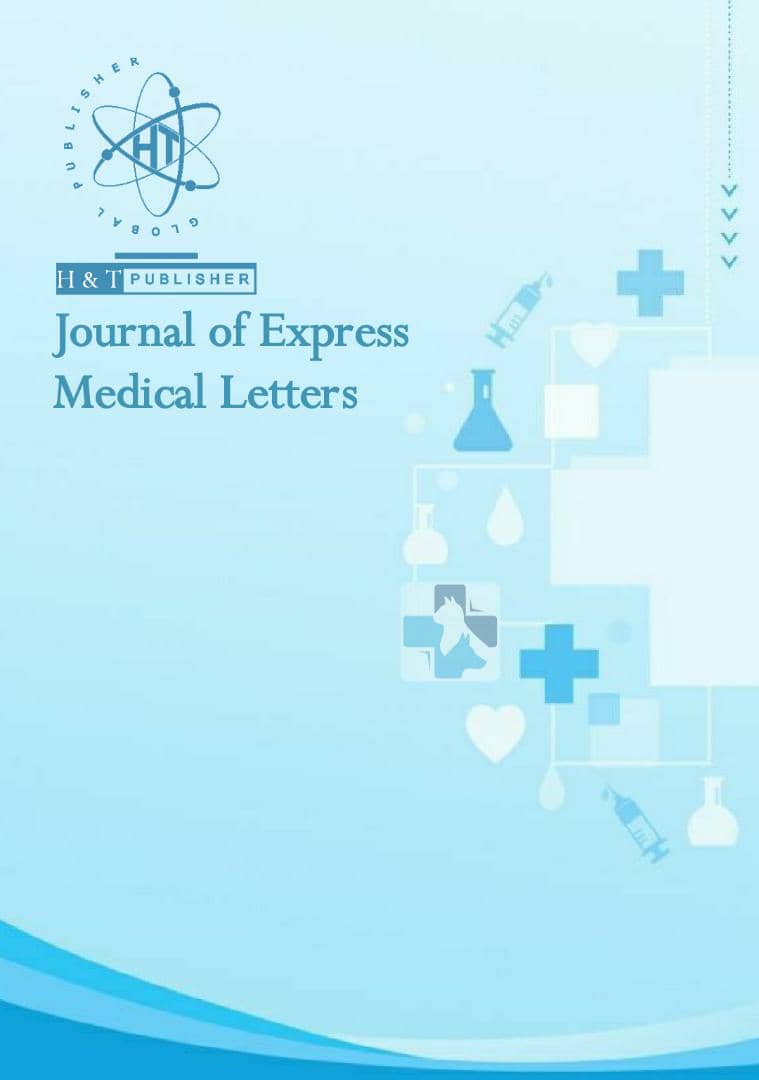


Background and Objectives: Today, to improve the compatibility and performance of restorative materials, new types of composites have been developed which are different from traditional composites, such as Flowable, Bulkfill and Nanofill composites. This study aimed to compare the marginal adaptation of Flowable Bulkfill composites and conventional composites in Class V cavities.
Materials and Methods:30 human molar teeth in 3 groups of Flowable Bulkfill composites from two companies of 3M and Tokuyama and Conventional composite from 3M, were prepared in standard class V cavities (dimensions 4 * 2 * 1.5 mm) in buccal surface of teeth with a gingival margin of 0.5mm lower than CEJ.
Results: The results showed that there were statistically significant differences in the use of all three composites in the two types of enamel and dentin margins (p <0.05). In all three types of composites dye penetration was the most frequent. Considering the degree of marginal adaptation, there was little difference between the amount of marginal adaptation by all the three types of composites (p > 0.05).
Conclusion: The results of the present study showed that the distribution of marginal adaptation in two types of Tokuyama Flow and 3M Conventional Z250 composites had similar conditions, while the 3M Flowable Bulkfill composite acted a little better than other two composites, but the difference was not statistically significant.